If you’re searching for Canada travel adventures, look no further than Lethbridge’s Fort Whoop-Up. Today’s replica of the infamous trading fort invites visitors to explore the complicated history surrounding the Niitsitapi (Blackfoot) and other First Nations, the illegal whiskey trade, white traders and the Northwest Mounted Police.
Disclosure: This post contains affiliate links. If you buy something from one of our affiliates, we receive a small commission at no extra charge to you. Thanks for helping to keep our blog up and running!
Table of Contents
Fort Whoop-Up is a Unique Canada Travel Adventure
I’ve been travelling to and from and through Lethbridge for more than 30 years – so why have I never stopped in to check out Fort Whoop-Up before? It seemed like there was never enough time. Today was the day to check off this Alberta adventure!
I was curious having recently visited the Fort Museum in Fort Macleod. Reading a little about Fort Whoop-Up at Fort Macleod got my imagination going. This was a notorious trading post involved in the illegal whiskey trade and yet the Northwest Mounted Police (NWMP) were stationed here. It didn’t make sense. With this in mind, I had to go in and learn the whole story.
Love Alberta history? Be sure to check out these posts:
- Discovering Alberta’s Grande Cache
- Discovering Alberta’s History: On a Mission
- Exploring Alberta’s Historic Dunvegan
- Lille Ghost Town
- Exploring Head-Smashed-In Buffalo Jump
- Exploring the Crowsnest Pass: Hillcrest Mine Disaster Memorial Park
- A Journey Close to Home: Walking Glenbow Ranch
Entering the Past
The sun shone brightly late afternoon as I pulled into the parking lot. A horse-drawn wagon was parked in the shade of couple of large poplars. The wooden walls of the reconstructed fort were aged gray from sunshine in the mostly open Oldman River valley bottom.
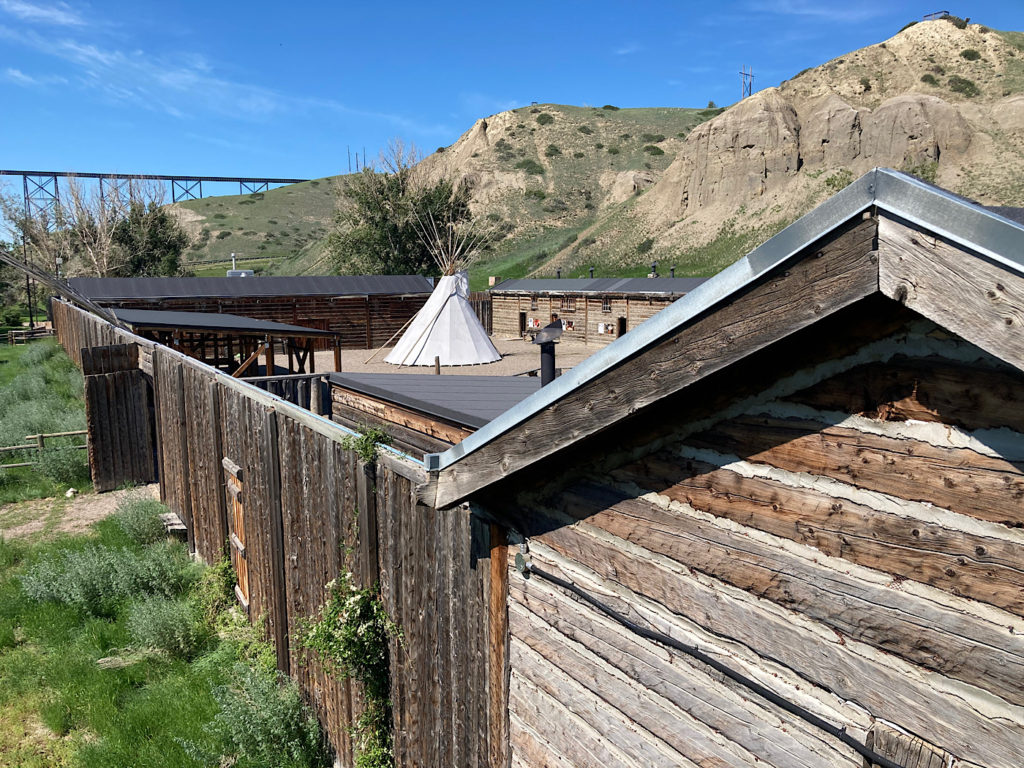
As I enter the gate leading to the visitor services building, a series of photo plaques guide my way past raised vegetable beds to the entrance. The first plaque talks about the Blackfoot name for Lethbridge. Sik’ohkotok means black rock – for the coal seams showing along the riverbank. Another sign looks at the official name change from Belly River to Oldman River in 1915.
A third plaque to the right introduces Mekasto, or Red Crow, a prominent Kanai chief. The final four photo signs opposite the museum entrance provide quick insight into other key players at Fort Whoop-Up – traders John J. Healy, Joe Healy (aka Potai’na or Flying Chief), A.B Hamilton and D.W. Davis.
A Film, A Small Display & Historic Photographs
Inside the museum building a short, less than 15-minute interpretive film outlines the history behind Fort Whoop-Up.
Historic black-and-white photos show the Fort in its original location closer to the confluence of the Belly and St. Mary River as well as other nearby forts.
A small exhibit gallery briefly introduces the ways of the Blackfoot prior to European settlement.
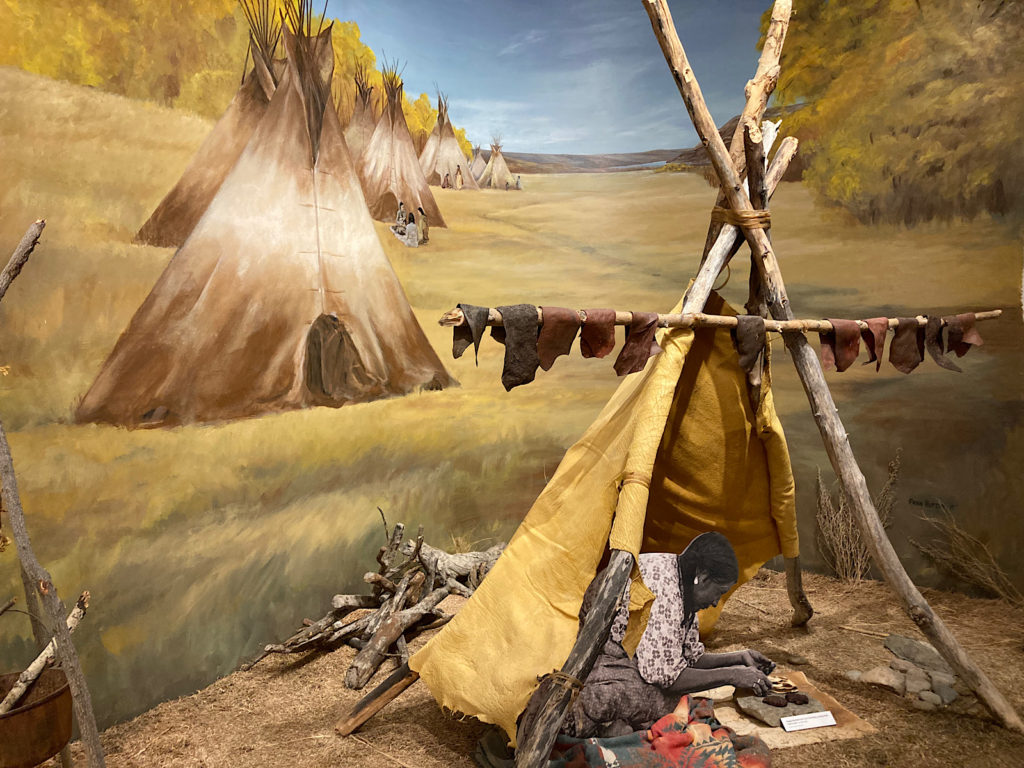
And then there’s a bold sign inviting me to step into the 1870s.
A door leads outside.
I push it open and walk into the sunshine filling the inner courtyard of the replica fort.
The Main Attraction
A large white teepee sits in the middle of gravel courtyard. The open compound is ringed with wooden buildings and a stable for the horses in the background.
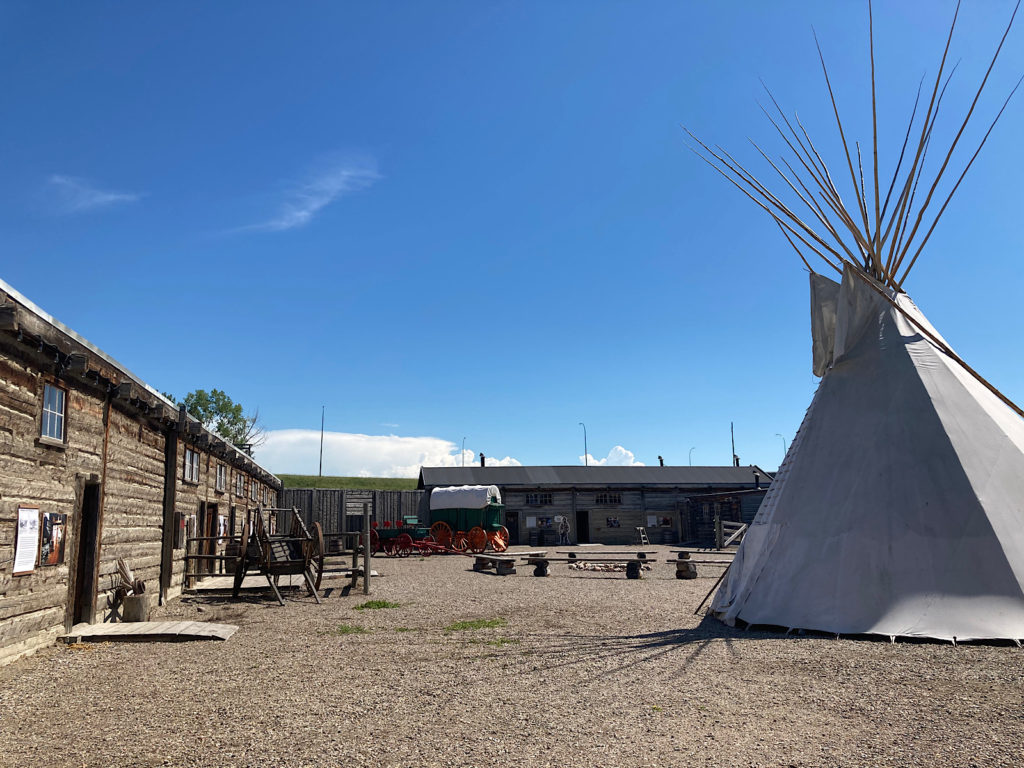
The building’s doors are open. They beg me to come inside the building and explore. I can’t resist.
Inside displays in the trade room, stores, kitchen, head trader’s quarters, mens’s quarters, armoury, blacksmith shop, carpentry and harness shop and the NWMP barracks start to unfold the complex story surrounding Fort Whoop-Up.
What’s in a Name?
Fort Whoop-Up was originally named Fort Hamilton. It was a trading fort where furs and buffalo hides were traded by First Nations tribe members for fabric and food… and firewater.
Whisky was a popular trade item. But it wasn’t whisky at all. It was concoction of alcohol and water and little bits of many other things that gave it colour and flavour and bite.
Traded by the cup or jug-full, this fiery brew was often called Whoop-Up or Wallop or Whoop-Up Bug Juice. An interpretive panel lists one of many recipes used to make firewater.
Ingredients:
three gallons of water
one pound of rank black chewing tobacco
a handful of red peppers
one bottle of Jamaica ginger
a quart black molasses
Instructions:
Mix well and boil until the strength is drawn from the tobacco and peppers. Cool and add 1 gallon of alcohol. Water ad libitum (more water as desired).
Firewater, indeed!
Trading on Profit
The first traders were Americans John Healy and Alfred Hamilton. In 1869 they had the ultimate of Canada adventure travels when they left Fort Benton, Montana with wagonloads of trading goods.
Making their way to the confluence of the St. Mary and Belly Rivers, they built Fort Hamilton and got to work. In their first winter of operation, they made a staggering profit of $50,000.
At age 21, Donald W. Davis became the new Head trader. He made $150 a month. Davis left Fort Whoop-Up right before the NWMP arrived. He became the Canadian manager of I.G. Baker & Company where he received half of the profits. He would go on to become the first elected Minister of Parliament for the area that would become southern Alberta.
Dave Akers managed the fort in the mid-1870s and eventually purchased it. Akers continued to trade until he could no longer turn a profit. He lived in the fort raising cattle and vegetables until his death in 1893.
Getting Back to the NWMP Story
Why did the NWMP live at Fort Whoop-Up? When they arrived at the fort in 1874, the whisky traders had closed-up shop. The fort was dry. Dave Akers managed it as a trading post – minus the whisky.
Colonel James Macleod offered to buy the fort for an NWMP headquarters. But the owner requested a whopping $25,000 for the purchase price. Macleod and his men said “thanks, but no thanks!” and moved on to build their own fort upstream on the Oldman River.
The NWMP still had to patrol great distances across the prairies – including the Lethbridge area. So, they rented rooms in the now legal trading post of Fort Whoop-Up to house the men on patrol. This became their barracks for another 18 years.
So, now I have my answer!
Your Goals for Visiting Fort Whoop-Up
Whatever reason you have for visiting Fort Whoop-Up – whether it’s an interest in First Nations culture and the impact of European contact, an interest in historic places, or you just happen to be in the neighbourhood – this is another must-do Alberta adventure.
When You Go
Fort Whoop-Up is open to the public late June to early September. If visiting in the off-season – or you can’t get enough of the human history of southwestern Alberta – check out the Galt Museum.
We’ve stayed at Bridgeview RV Resort in the past. It’s conveniently close to Fort Whoop-Up!
Be sure to bring your bikes. The Oldman River Valley – going right past the fort – has miles of paved riding paths to explore.
If you have time, switch up human history for a little natural history and visit the Alberta Birds of Prey Centre, a short 20-minute drive east on Hwy 3.
Go a little further and explore Fort Walsh National Historic Site in Cypress Hill Interprovincial Park on the Alberta/Saskatchewan border.
PIN THIS POST FOR FUTURE REFERENCE!
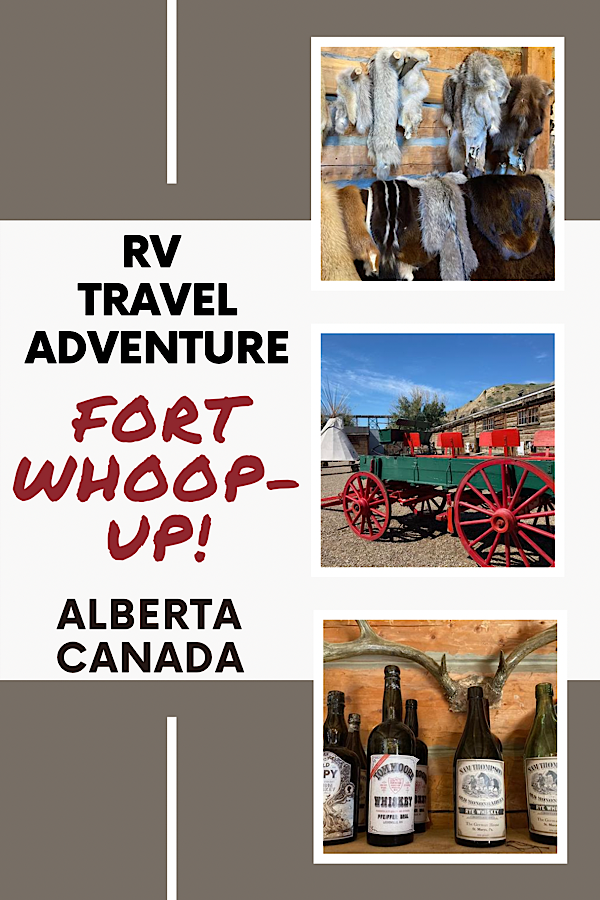
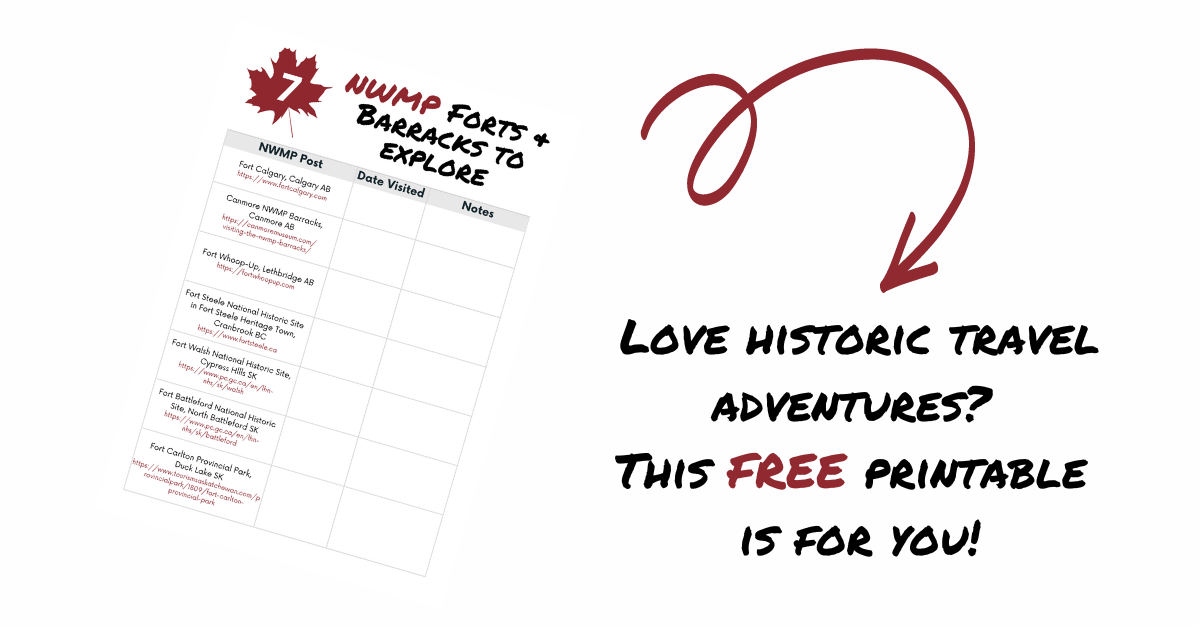
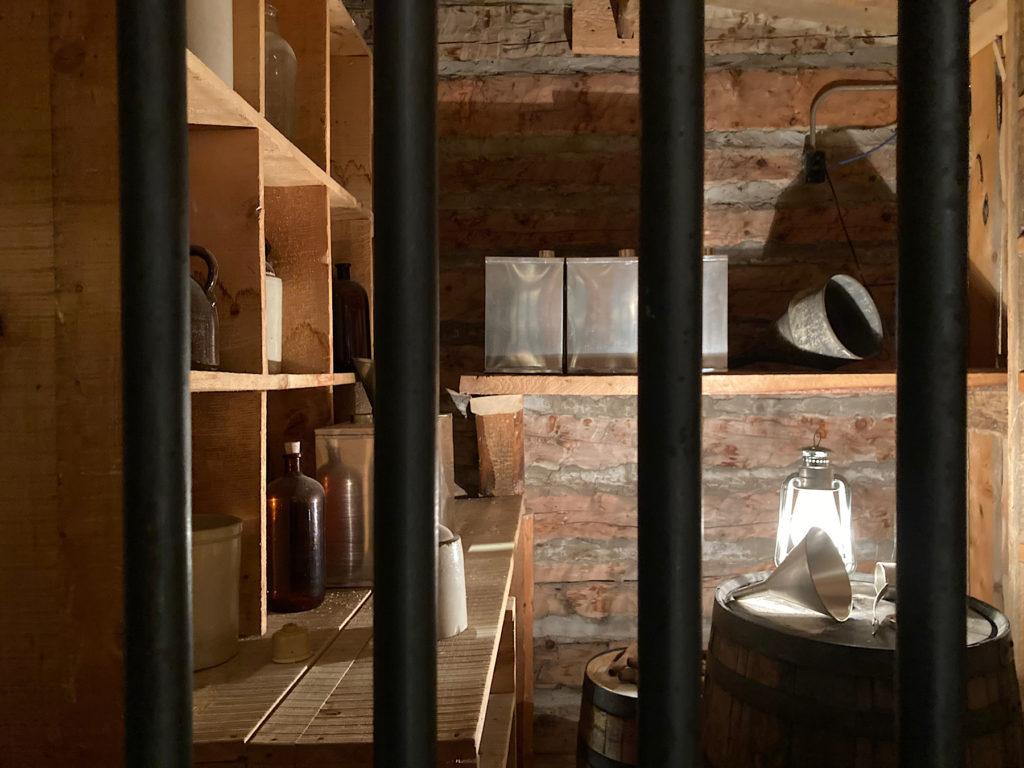
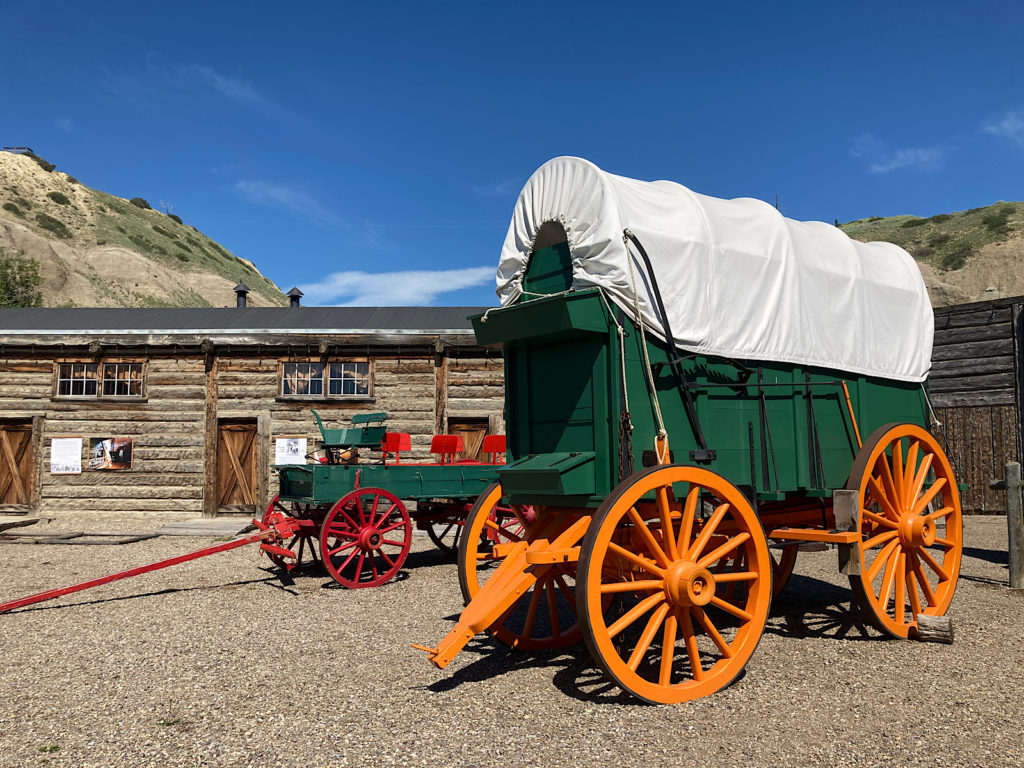

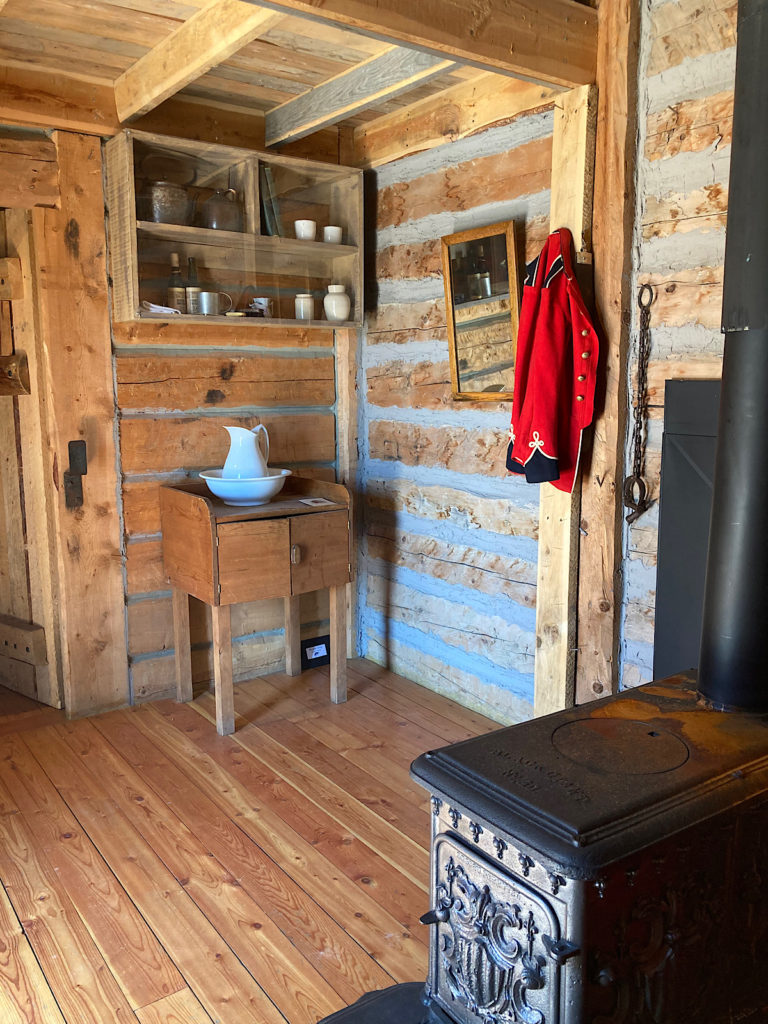
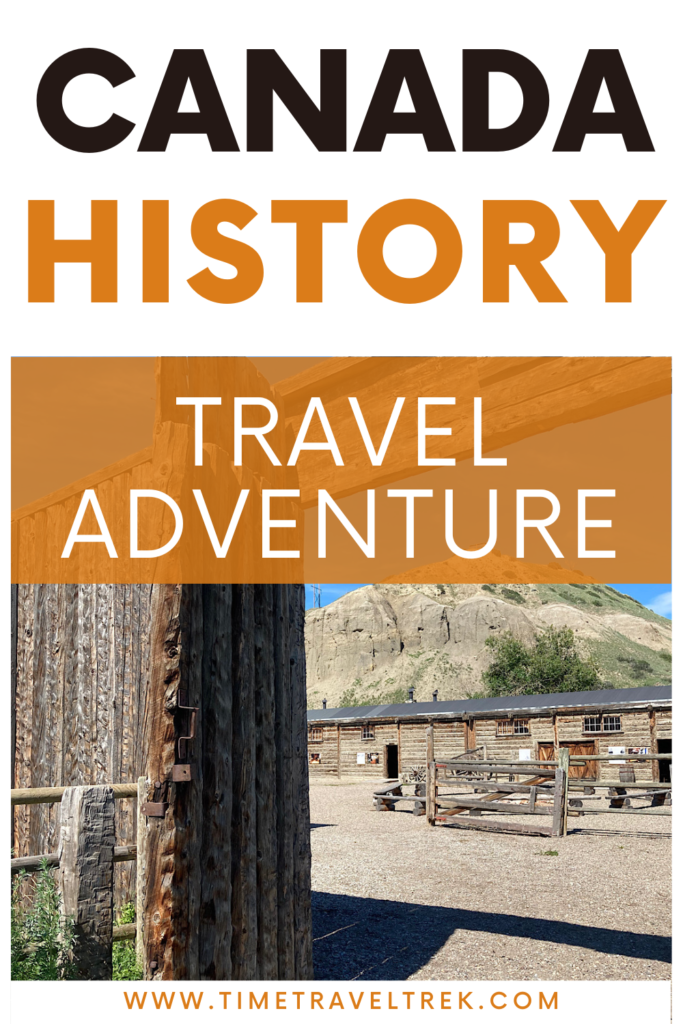
I have never heard of Lethbridge’s Fort Whoop-Up. Best name ever for a fort! I need to explore more of Canada and this looks like a great historic experience.
If it wasn’t directly related to the effect of the illegal whisky on the First Nations people and their culture, it would be an amazing name. This is a fantastic historic experience – with many layers to sift through and ponder.
What an interesting place! No disrespect to Mr. Hamilton, but Fort Whoop-Up is a much better name than Fort Hamilton.
Whoop-Up certainly stands out more!
I love the story of the name. I haven’t heard that term in years.
Interesting place! Are those whiskey bottles there for a display, or you can still try the effects of the old whoop-up recipes?
Hahha – display only!
Interesting history! Loved the historic photo and would enjoy seeing more of those.